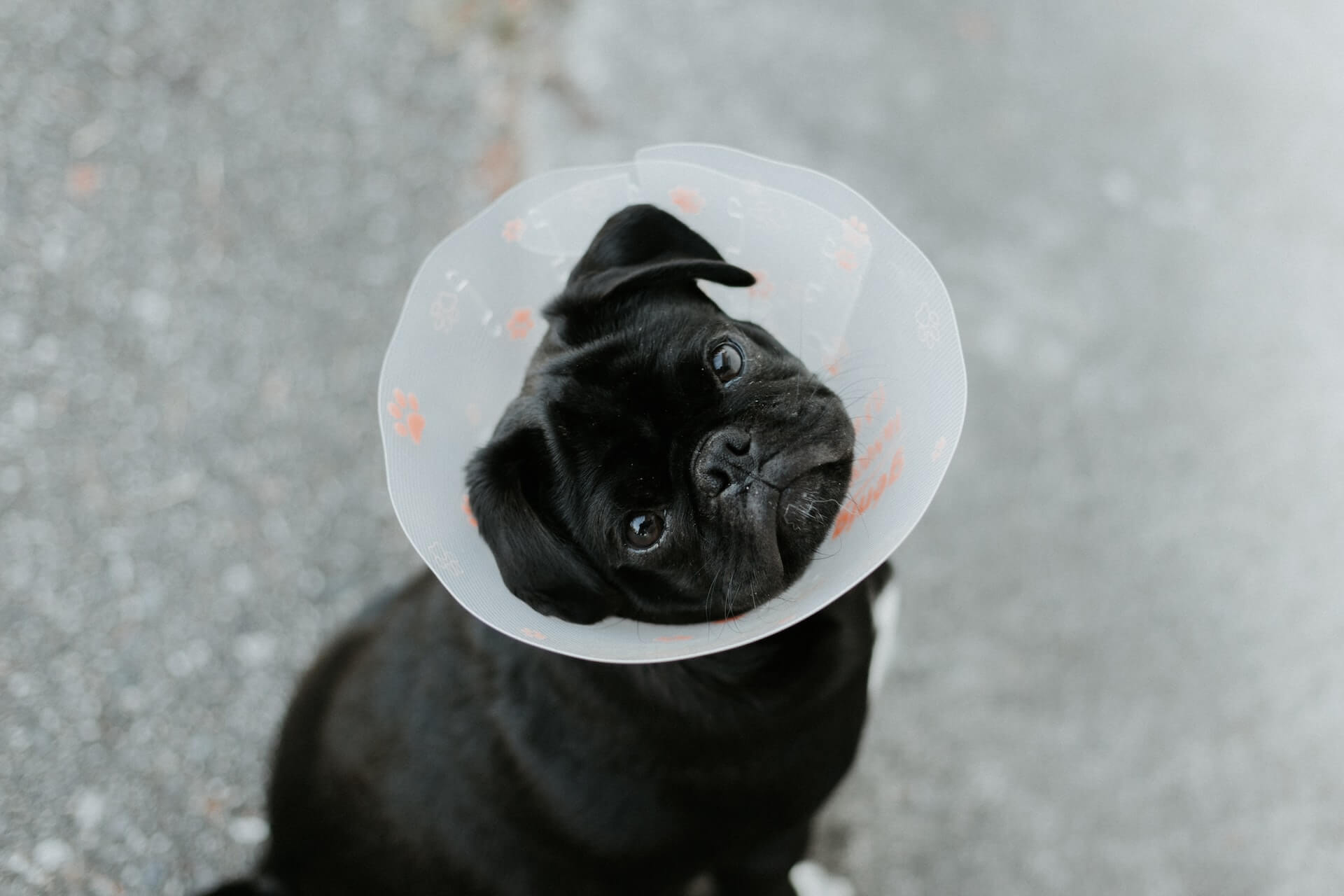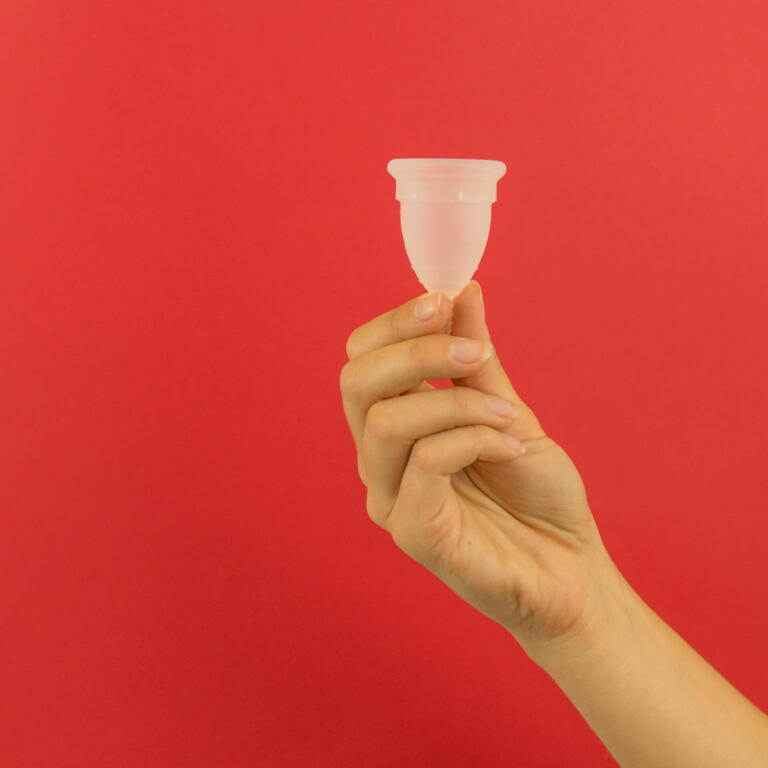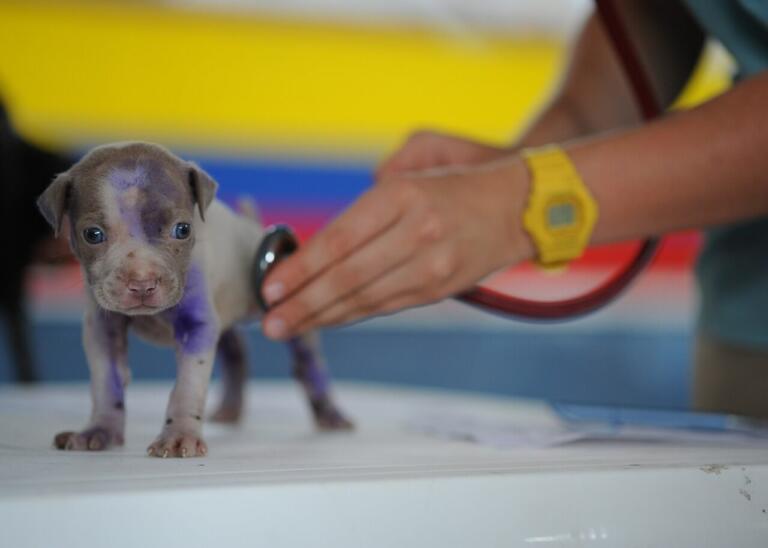Dog neutering is a standard procedure that many dog parents choose for their pets, usually for health reasons. It’s a surgical procedure that ensures no pregnancy risk and eliminates specific pregnancy-related issues or other reproduction organ conditions.
As a major surgery, for fairly young dogs in most cases, it is one that comes with responsibilities. Pets need careful care for a while after this intervention and you need to know what to expect. Vets will offer detailed instructions about what needs to be done during this process, but it can be different for each dog.
Why dog neutering is necessary?
Both female and male dogs will garner great advantages from getting neutered, and it’s not just avoiding pregnancies. Females will not go into seasons, while males will have fewer urges to seek out females. Because of this males will exhibit less roaming tendencies.
Other problems tied to the reproduction system can also be avoided for both male and female dogs. Womb infections, mammary issues, prostate problems and testicular cancer are all reduced in risk.
Some behaviours can be altered like reducing humping, but behavioural alteration should not be the sole reason for neutering. Many owners also wish to have their dogs neutered if they don’t plan on breeding them. They feel it’s less cruel than to let them have urges and not be able to act on them each time.
When dog neutering should be performed?
Usually, a dog can be safely neutered after 6 months, but this is the average. It will depend on each dog and its breed, seize of other elements to consider. Larger dogs may need to have this intervention done later, so your vet will have more information.
Weight is also something that is taken into consideration as both underweight and overweight dogs can be at greater risk of complications. They will need to have a suitable weight before the procedure. Females should ordinarily be neutered before their first season begins.
The dog neutering surgery – what to expect?
A lot of preparation goes into this surgery and you need to know beforehand what you should expect.
Before the surgery
There are a few things you need to do before taking your dog in for surgery. For starters make sure they are clean as it will take some time before you will be able to wash them again. Give them a bath a day or two before the appointment and make sure to keep them clean enough until then.
Before going under the anaesthetic it’s recommended to not feed your dog for 6 to 8 hours before. They can have water up until 2 or 3 hours before the procedure. Also, monitoring their health is important. If anything does happen before the surgery you should let your vet know and see if it’s still possible to continue.
After the surgery
The very first day when you take your dog to get this surgery you will most likely be able to take your dog home. Keep them in a warm place and ensure they have enough pee breaks in the garden or on a pee pad. There may be some accidents in the first few days, even if your dog has been potty trained already.
The medication will make them loopy so this will also ensure some accidents. Make sure to keep the stitches clean and dry as much as possible. Make use of a crate or puppy pen to keep your dog enclosed and still.
How to care for a dog after neutering?
After the procedure, a period of recovery will ensue and your dog will need more supervision than usual. Nighttime is the hardest as you want to make sure they don’t get their stitches wet and you will probably hear licking.
Resting at home
The first day is probably the easiest, as your dog will be very sleepy and not very active. The anaesthetic will wear off in about 24 to 48 hours and your dog will be feeling much more like themselves. When this happens your dog will want to start running around and being more restless.
It’s very important that you keep your dog from jumping or running around. They can break their stitches and it can be painful for your dog. You’ll have to keep your dog less agitated for a week or two. Keep walks short, especially if your dog refuses to go potty in the garden. Somewhere between 5 to 10 minutes, tops should be enough to give them time to potty.
Care for the wound
Besides keeping the wound clean and dry you will need to make sure your dog doesn’t reach it. There are a number of ways to do this, one easy way is to use an entire body suit that covers the stitches. Don’t forget to remove it when taking your dog on a short walk so that they can go do their business.
Using a cone is one of the other methods of stopping the dog from reaching the wound. This and even doughnut-shaped neck protectors can help keep your dog from reaching the wound.
Additional considerations
Make sure to keep other dogs or pets away from your dog while they heal. This is especially recommended for other pets at the home or out walking. This is so that they don’t start jumping or get overly excited and tear the wound.
Don’t get too worried if your dog won’t go number 2 immediately, it may take one to three days for your dog to poop. Check their stitches twice daily and make note if any redness or swelling appears.
Keep a look out for any complications like vomiting, heavy breathing, diarrhoea, discharge or bleeding around the wound. Contact your vet if you have any concerns, as you will have to go to the vet regularly for a while after the surgery.
Conclusions
You will have a hard time caring for your pet after neutering but it’s something that can be good for your dog’s health. In the long run, many problems can be avoided with this procedure. Care and patience are important to help your dog get over this period and heal properly.



Leave a Comment